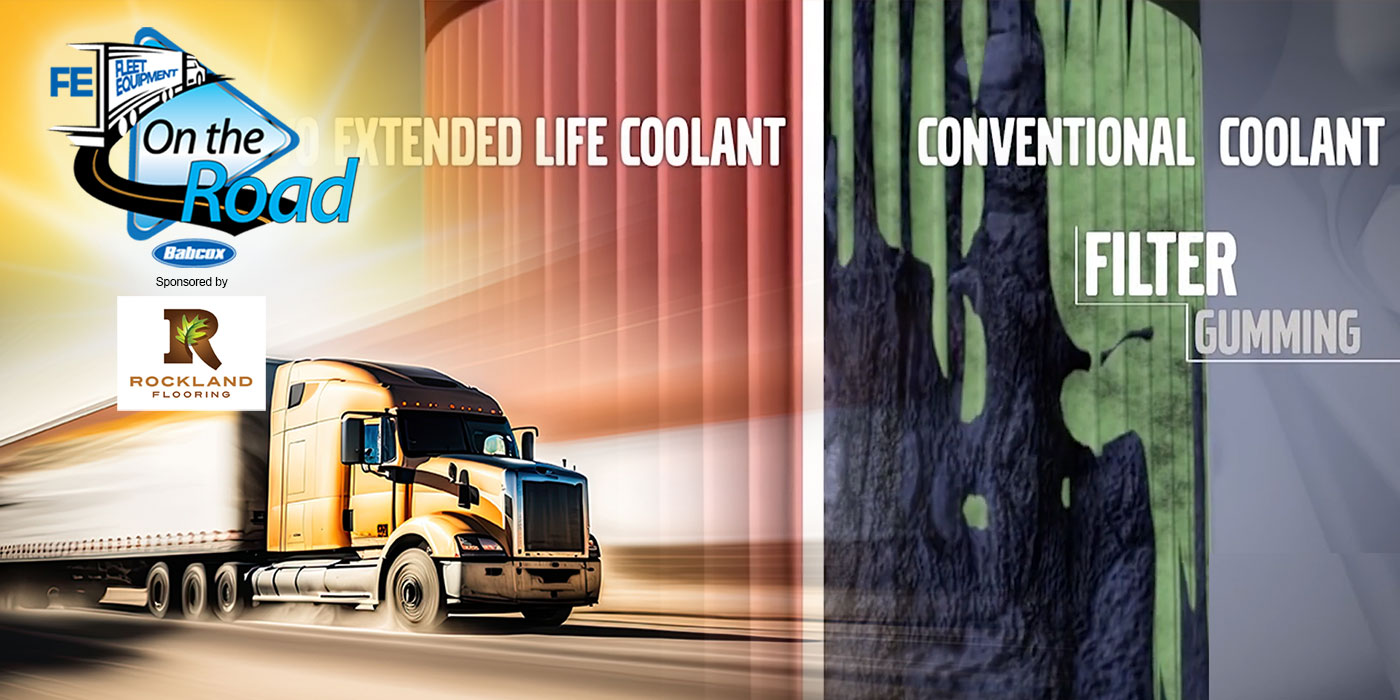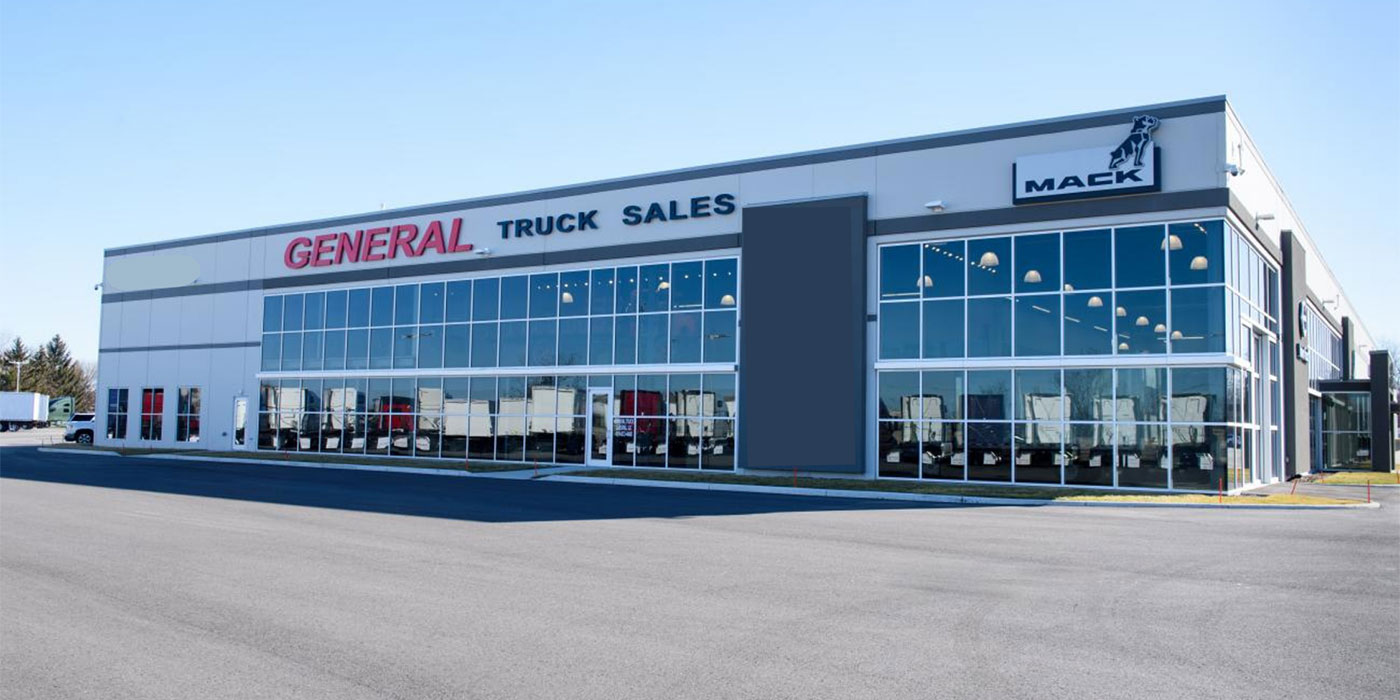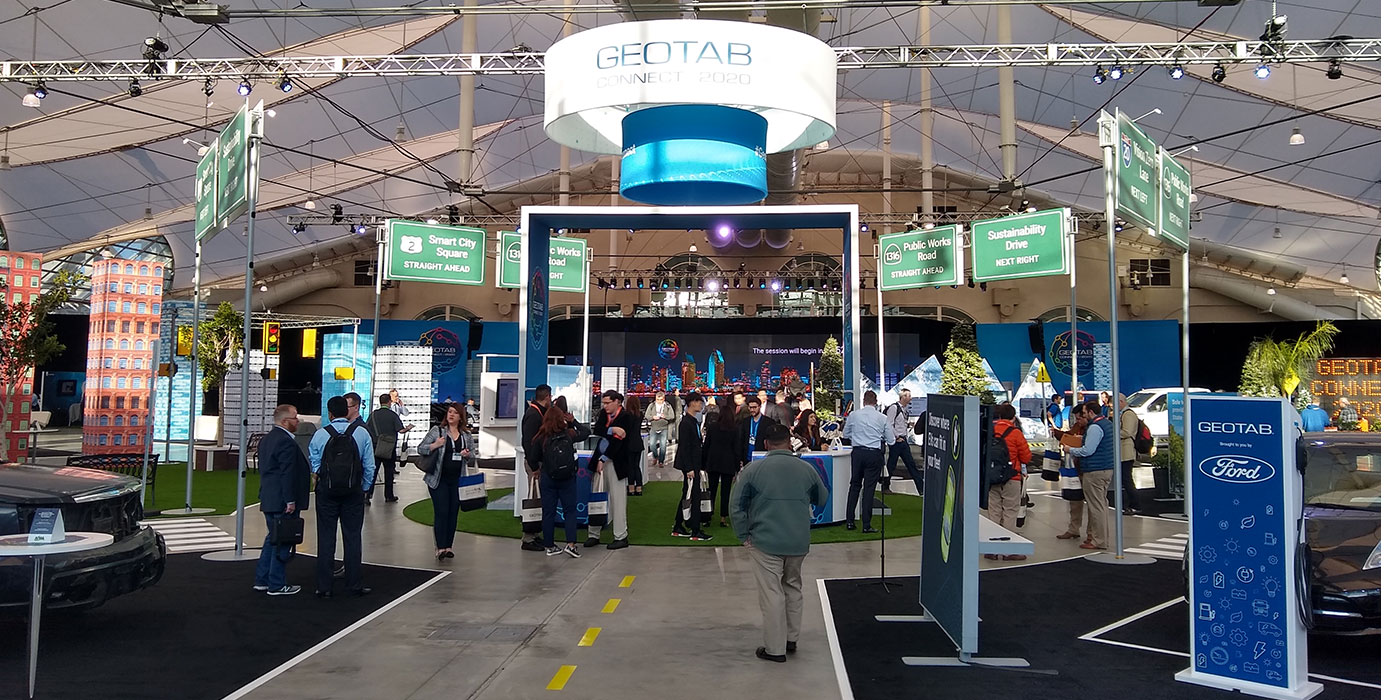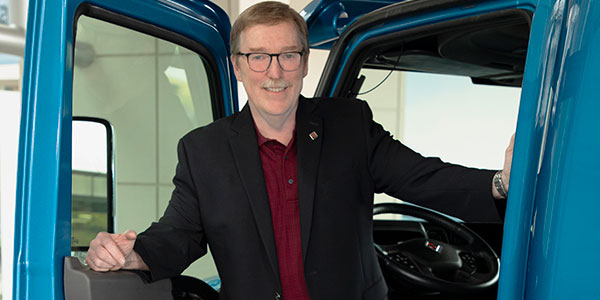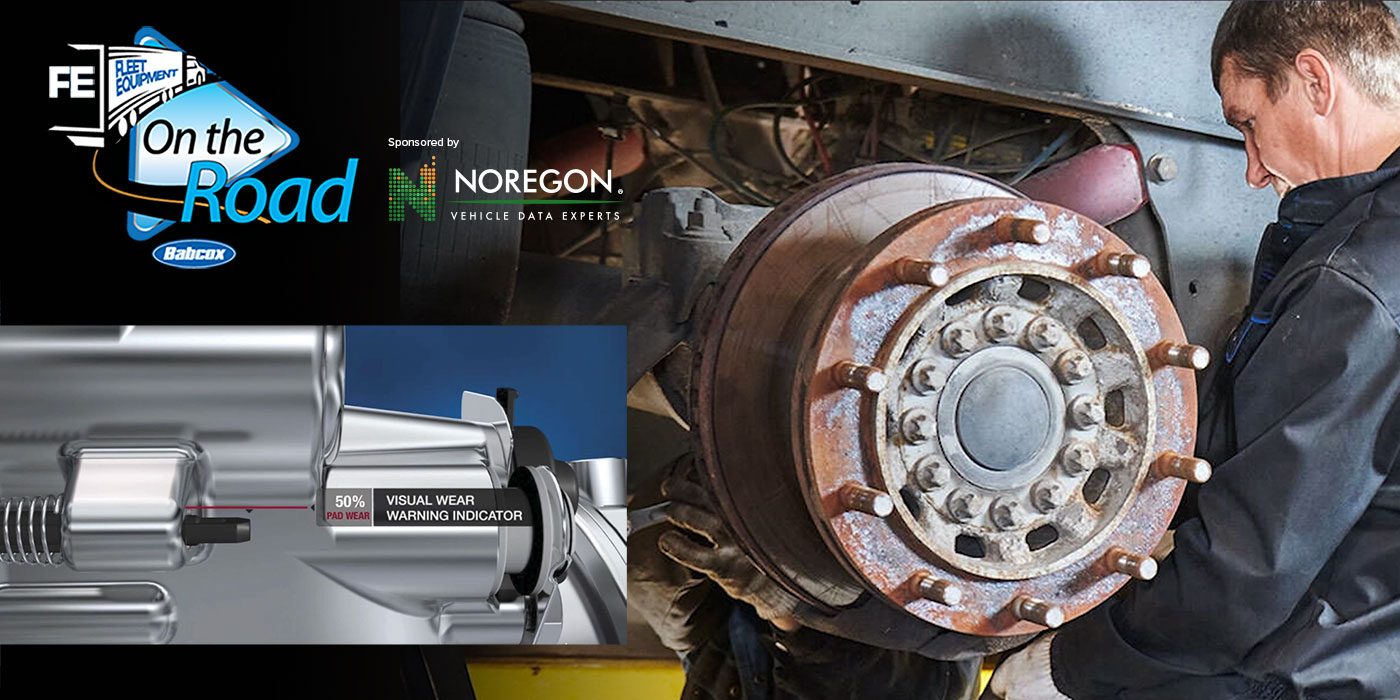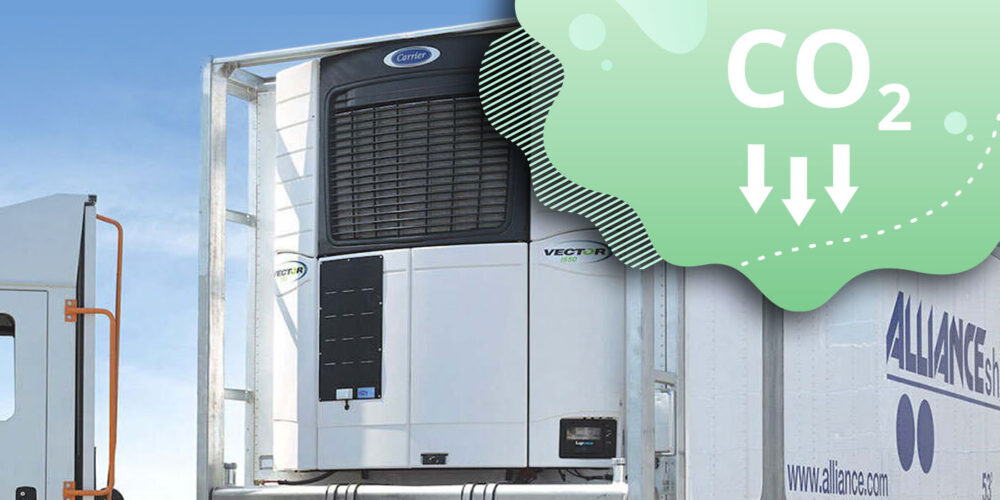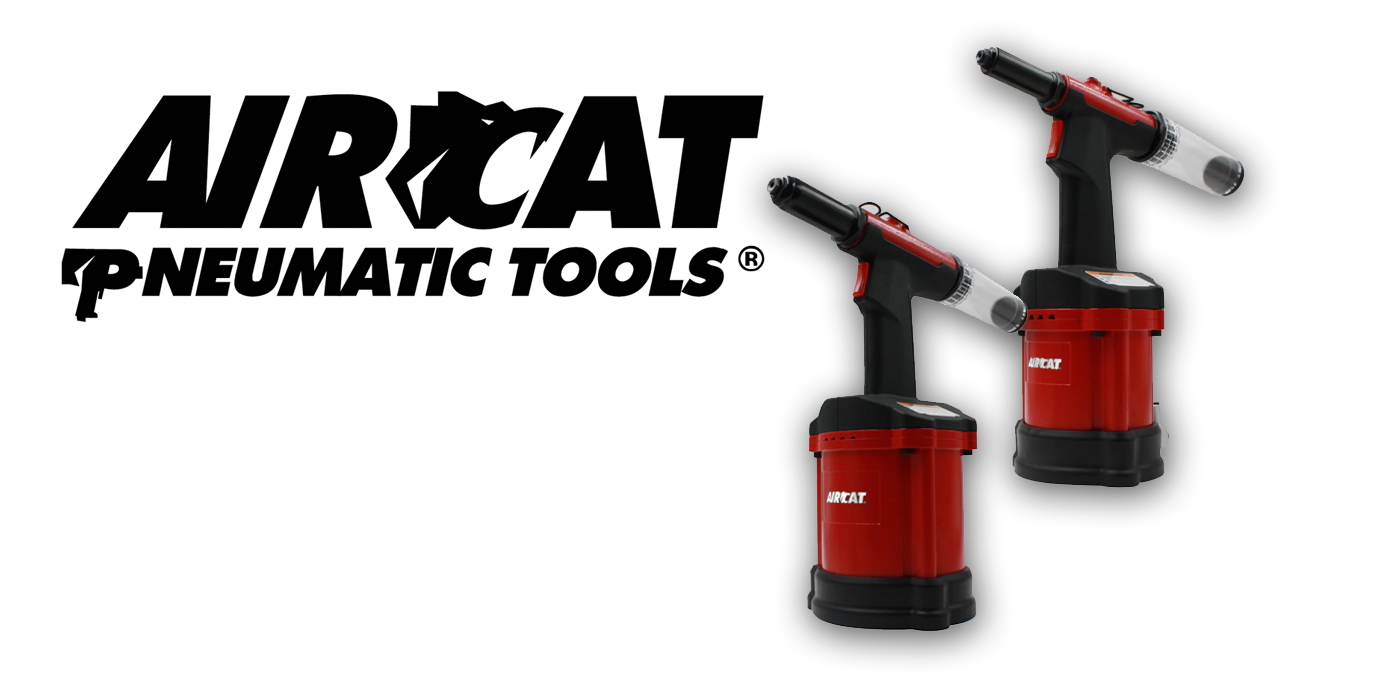One of the most obvious questions any training manager faces is "How much is enough?"
How much training to budget for each technician in a fleet operation depends on a number of factors, and getting it right maximizes usually tight training resources while ensuring your service team is operating at peak productivity. If you ask around, you’ll hear recommendations that reflect conventional wisdom, but a general assumption that 20-40 training hours per year is adequate may not address your particular needs or business model. So where do you begin? Start with an analysis of each position within your fleet service operation.
How training needs are determined, viewed by employees and delivered are important issues. New training trends and methods, such as coaching and mentoring, are supplementing—in some cases, replacing—the traditional classroom format. Training that helps each employee grow his or her skills and knowledge to better perform the current job is appreciated as a benefit, increasing employee loyalty and retention, and helping you attract the best possible talent.
Options for employee training and development are driven by technological innovations, employee retention strategies and the need for organizations to constantly develop their employees’ abilities to keep up with the pace of change. Determining what your training needs are and how best to approach them can begin with a shop meeting.
Ask each employee to write down his 10 most important training needs. Emphasize employees should be as specific as possible, since technicians will have different needs than, say, a parts specialist. When all training needs have been listed, prioritize them across the group by listing the training needs in order of importance. Take time to brainstorm the needed outcomes or goals from the training identified in this assessment process. This will help as you seek and schedule training to meet the employees’ needs and build that training opportunity into each employee’s performance development plan.
Training needs assessment can be—and often needs to be—much more complicated than this. But this simple process can get the ball rolling. Once you have the big picture, zeroing in on specific technical areas to identify training needs can be accomplished in a number of ways. You can use technical assessment tests often offered by various training providers, or a review of the results of ASE Certification testing. The ASE tests offer a score report, which identifies strengths and weaknesses in the technical area covered by a specific certification, such as brakes, electrical, etc.
This process helps target specific training needs of individual technicians and allows you to focus resources where they’ll have the greatest impact. You should also use certification as the capstone of your training program to help ensure the training was absorbed, and to identify areas where a technician’s knowledge and abilities indicate an aptitude you may want to develop.
Once you’ve determined those who need specific types of training, it’s simply a matter of scheduling and budget. You’ll also want to track results and monitor job performance to confirm that the training is working as intended.
Remember, if you can’t measure it, you can’t manage it.


